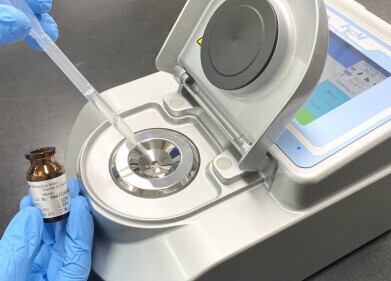Laboratory Products
Plaster of Paris benefits from lab development
Apr 10 2012
Scientists have successfully reproduced the early stages of gypsum crystals in laboratories, which could be the first step towards a more efficient method of making plaster.
Plaster of Paris is used by builders, artists and medical practitioners, and the new laboratory news could signal the first step towards making cheaper versions by producing it in labs.
Currently, plaster of Paris is manufactured using naturally occurring mineral gypsum. There are 100 million tons of plaster of Paris made each year from the naturally occurring substance, which is used widely in building and sculpting, as well as in medicine.
The current production methods are costly and have a large carbon footprint, which prompted scientists from the University of Leeds and the CSIC-University of Granada in Spain to look for an alternative method. They found bassanite nanoparticles at room temperature, which could become a low-energy way of producing the raw material for plaster of Paris.
Professor Liane G Benning from the University of Leeds said: "In nature gypsum grows as these fantastic large crystals, yet we show that in the lab gypsum actually grows through the assembly of many, tiny, bassanite crystals. These link together like a string of pearls before they crystallize to gypsum."
Posted by Neil Clark
Digital Edition
Lab Asia 31.2 April 2024
April 2024
In This Edition Chromatography Articles - Approaches to troubleshooting an SPE method for the analysis of oligonucleotides (pt i) - High-precision liquid flow processes demand full fluidic c...
View all digital editions
Events
May 05 2024 Seville, Spain
InformEx Zone at CPhl North America
May 07 2024 Pennsylvania, PA, USA
May 14 2024 Oklahoma City, OK, USA
May 15 2024 Birmingham, UK
May 21 2024 Lagos, Nigeria





.jpg)












